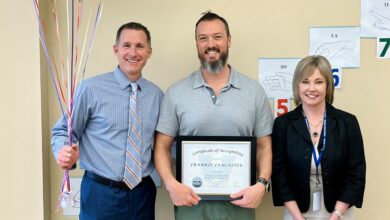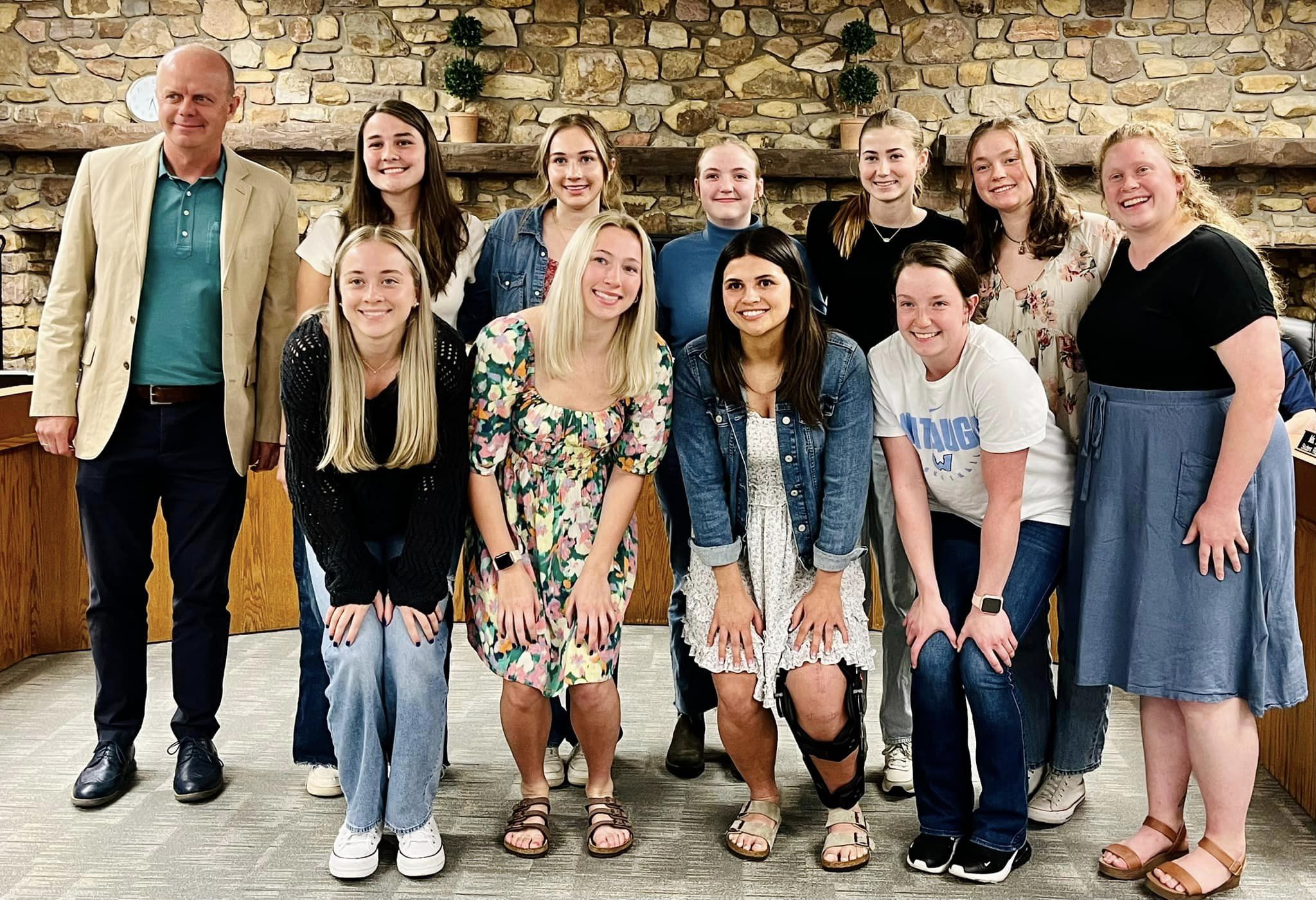Last Updated on April 21, 2016 11:30 am
By U.S. Navy Mass Communication Specialist 1st Class Steve Watterworth , Navy Office of Community Outreach Public Affairs
PEARL HARBOR – A 2010 Watauga High School graduate and Boone, North Carolina native is serving in the U.S. Navy as part of a crew working aboard one of the world’s most advanced nuclear-powered fast attack submarines, USS Santa Fe.
Petty Officer 2nd Class Dakota Johnson is a machinist’s mate (nuclear power) serving aboard the Pearl Harbor-based submarine, one of 40 Los Angeles-class submarines making it the backbone of the submarine force.
A Navy machinist’s mate is responsible for servicing the mechanical and thermodynamic aspects of the reactor plant.
“This job challenges me,” said Johnson. “I like figuring out ways to fix new problems.”
With a crew of 130, this submarine is 360 feet long and weighs approximately 6,900 tons. A nuclear-powered propulsion system helps push the submarine through the water at more than 25 mph.
Attack submarines are designed to hunt down and destroy enemy submarines and surface ships; strike targets ashore with cruise missiles; carry and deliver Navy SEALs; carry out intelligence, surveillance, and reconnaissance missions; and engage in mine warfare. Their primary tactical advantage is stealth, operating undetected under the sea for long periods of time.
“Submarine sailors never cease to amaze me with their ability to complete complex missions in the world’s most challenging environments,” said Rear Adm. Fritz Roegge, Commander, Submarine Force, U.S. Pacific Fleet. “Continued U.S. undersea superiority is not possible without their dedication, expertise and professionalism.”
According to Navy officials, because of the demanding environment aboard submarines, personnel are accepted only after rigorous testing and observation. Submariners are some of the most highly trained and skilled people in the Navy. The training is highly technical and each crew has to be able to operate, maintain, and repair every system or piece of equipment on board. Regardless of their specialty, everyone also has to learn how everything on the ship works and how to respond in emergencies to become “qualified in submarines” and earn the right to wear the coveted gold or silver dolphins on their uniform.
“Everybody is part of the community on this submarine,” added Johnson. “We are very close and can put our lives in the hands of the guy next to us without any hesitation.”
Challenging submarine living conditions actually build strong fellowship among the crew, Johnson explained. The crews are highly motivated, and quickly adapt to changing conditions. It is a busy life of specialized work, watches, and drills.
“I get the chance to do things other's don’t or won’t get the chance to do,” added Johnson. “Serving in the Navy submariner community has been a great opportunity in my life.”















